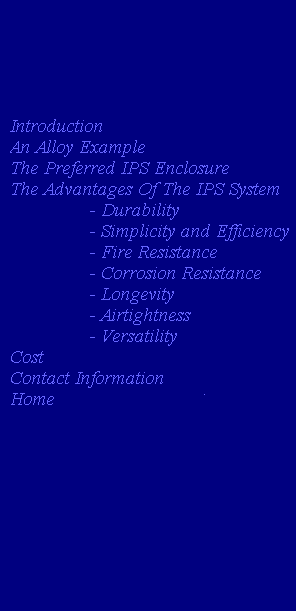
The Preferred IPS Enclosure
The most durable of these IPS enclosures, then, would be shaped with a dome overhead, an inverted-dome foundation below, and a circular vertical wall connecting the perimeters of the two domes, as shown in (Fig. B), (Fig. C), (Fig. D), and (Fig. E), which show a 1,000-foot diameter structure as an example of what can be built with this system. Of course, much smaller structures could be built by this system as well. When properly constructed, though, the shape of the enclosure shown is the strongest building shape there is against every type of live load or dead load, including lateral loads, vertical loads, bending forces, and shear forces. This is because this enclosure is entirely non-developable. In other words, the structure cannot be flattened or bent in any direction without ripping or tearing. And considering that the structure would be built entirely of a high-strength steel or alloy that would exhibit high toughness, this is not likely to happen. Furthermore, all walls of the structure would be completely interlocked with the perimeter wall of the structure, thereby acting as vertical structural ribs that would strengthen the perimeter wall beyond its own capacity as a structural membrane. So, with this type of perimeter structure in place at the base of the dome overhead, all loads that the dome would place on the structure would be resisted readily.